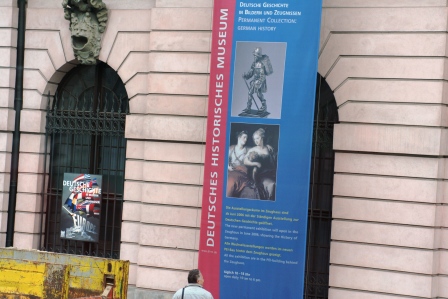
May 29, 2010 - German History Museum
Pictures from the German History Museum:
The entrance to the German History Museum. Starts from the Celtics and goes through the fall of the Berlin Wall.
Early pieces of armor. This sections starts pre-1500's.
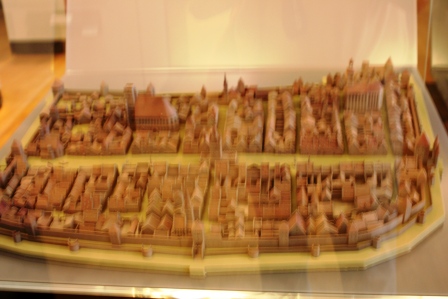
Model of one of the towns (left) and an early clock piece (right).
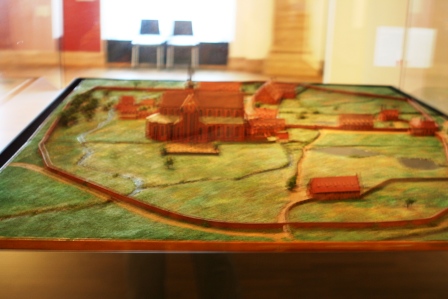
Another model of a small town (left) and a set of crossbows from the time period (right).
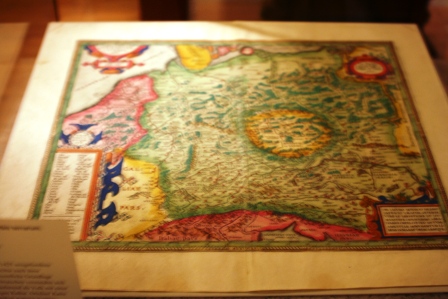
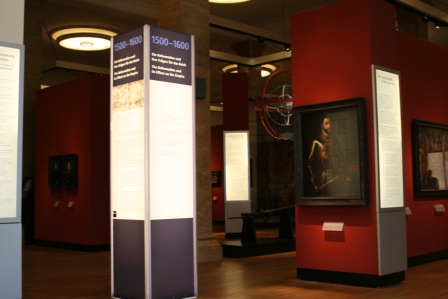
Years 1500-1600. More advanced armor from that time.
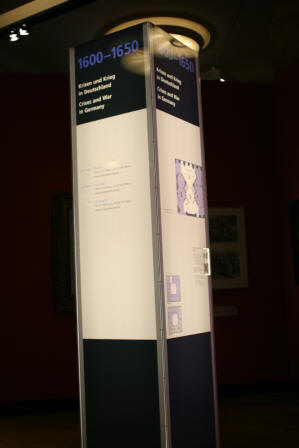
Into the 1600-1650 years. These pictures give a better view of the signs designating. Left picture shows some of the major events happening for these years. The right picture gives the years involved and the topic. It also shows a map of the section inteh middle and then at the bottom where this section is located and which floor in the museum.
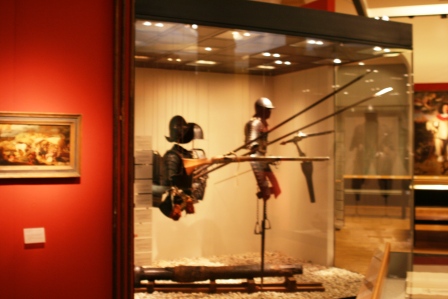
The armor from this time period.
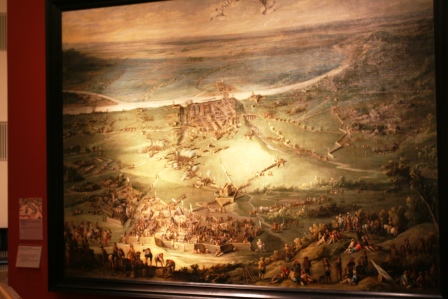
Painting of one of the towns and its people (left). Early collector of steins and cups.
Turkish influence seen throughout the country.
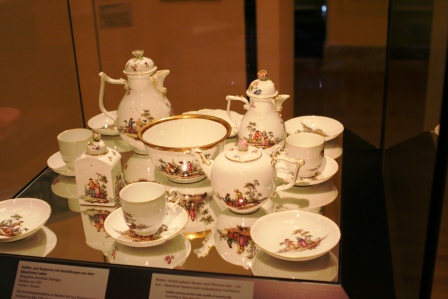
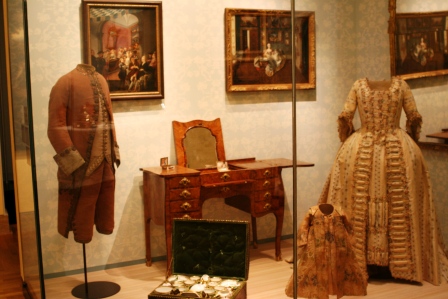
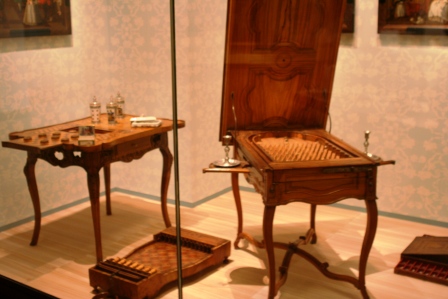
Various house fixtures and other items.
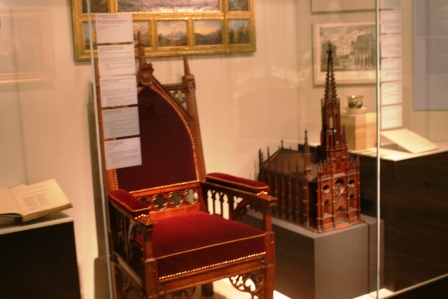
Model and items of a church (left) and a loom (right).
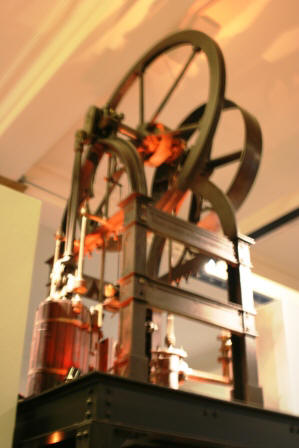
Early steam engine (left) and a model of the trains from this period of time (right).
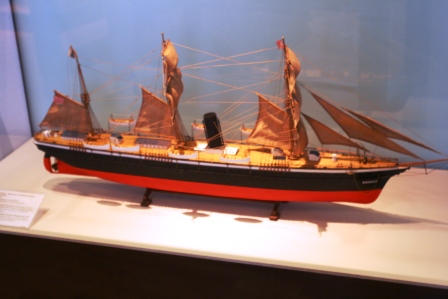
Model of a ship (left) and a statue (right).
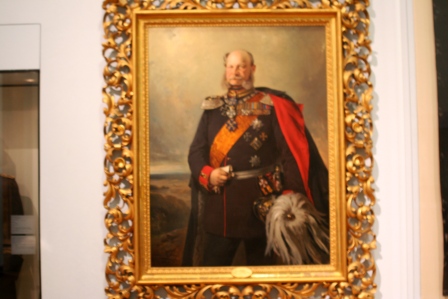
One of the emporers and his family.
Approaching the First World War.
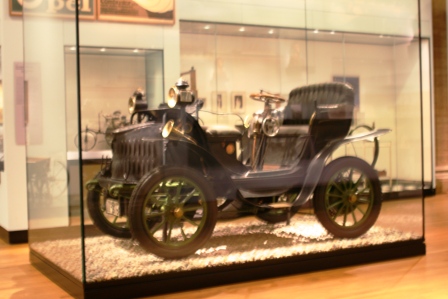
Early car in Europe.
Glass window from a church.
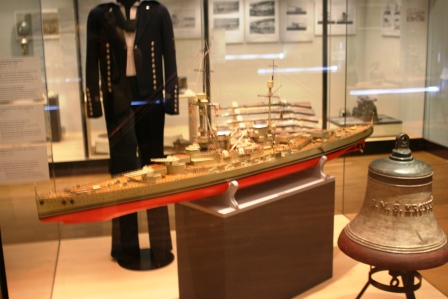

Models and items from ships.
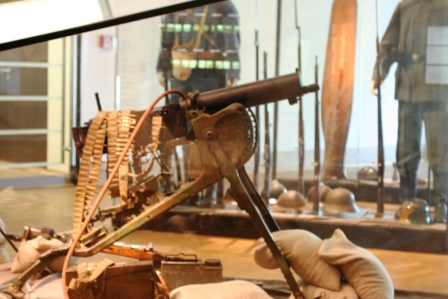
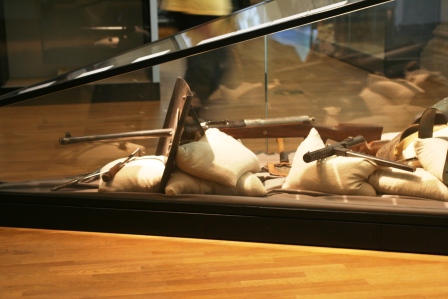
Various weapons used in World War I.
Uniforms worn in the war.
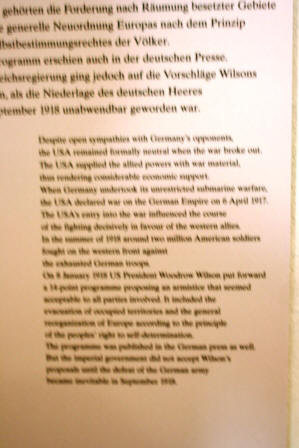
Section on the USA in World War I. It states, "Despite open sympathies with Germany's opponents, the USA remained formally neutral when the war broke out. The USA supplied the allied powers with war material, thus rendering considerable economic support. When Germany undertook its unrestricted submarine warfare, the USA declared war on the German Empire on 6 April 1917. The USA's entry into the war influenced the course of the fighting decisively in favour of the western allies. In the summer of 1918 around two million American soldiers fought on the western front against the exhausted German troops. On 8 January 1918 US President Woodrow Wilson put forward a 14 point programme proposing an armistice that seemed acceptable to all parties involved. It included the evacuation of occupied territories and the general reorganization of Europe according to the principle of the peoples' rights to self-determination. The programme was published in the German press as well. But the Imperial government did not accept Wilson's proposals until the defeat of the German army became inevitable in September 1918."
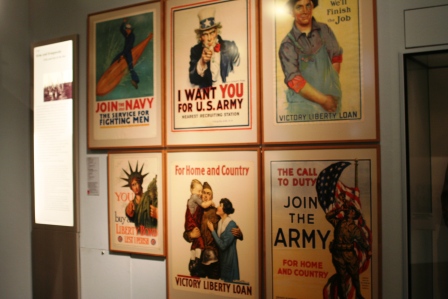
The USA exhibit continued, "By the end of the First World War in 1918 the political situation in Europe and the Middle East had changed markedly. The monarchies in Germany, Austria-Hungary and Russia had been swept away, and the Ottoman Empire fell apart. New nation-states appeared. Problems of nationality and military conflicts continued to prevail for a long time in Europe and Middle East. In many European states the sufferings of war now found release in revolutionary tremors."
"In the German Reich as well, hunger and destitution, together with disappointment over the military defeat, strengthened both democratic and socialist aspirations. On 9 November 1918, the Republic was proclaimed. Emperor Wilhelm II was forced to abdicate his throne."
"The radical Left attempted to establish by force a socialist dictatorship of worker's councils modelled on the Russian October Revolution. By the spring of 1919, however, supporters of parliamentary democracy had won the power struggle. The violent disputes left a deep rift in the once united front of the German labour movement."
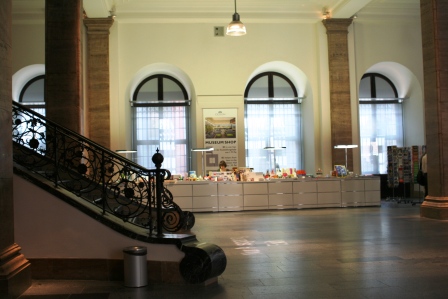
To continue, we had to leave the second floor, go through the entry hallway, and into the first floor portion of the museum.
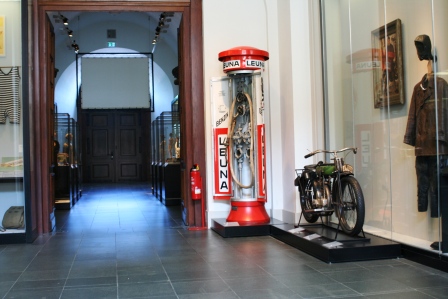
Collection of cigarettes (right) from the 1920's.
Getting close to the Second World War.
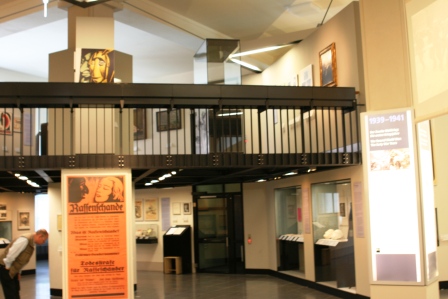
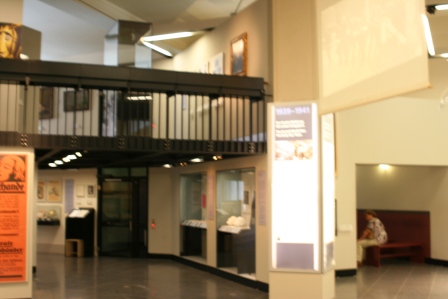
One of the largest globes from that time.

Artillery (left) and plane enginer (right) from the 1940's.
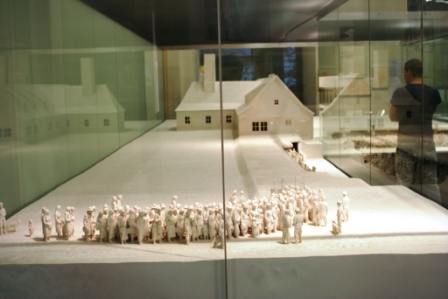
Model of an extermination site.

Items from the 1950's.
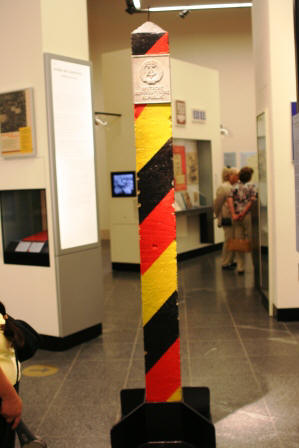
Border post (left) and part of the Berlin Wall (right). The table is the one where the treaty to tear the wall down and join the two Germanies was signed.
Contact Information |
|
10318 Sagegate Dr., Houston, TX 77089 http://www.matthewbeard.com Email addresses (select one): Copyright notice: Information contain on this site is the property of the owner and must not be used without written permission. Please utilize the above contact information for information. |
This site was last updated 06/21/10